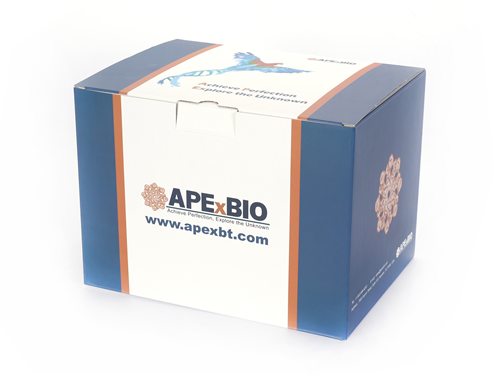Recombinant Tobacco Etch Virus Protease S219V, GST tagged
TEV protease encoded by the tobacco etch virus is a catalytic domain of the Nuclear Inclusion a (NIa) protein. It consists of 241 aa with the molecular weight of 27 kDa. TEV recognizes the amino acid sequence of the general form E-X-X-Y-X-Q (or S)/X’, and cleaves between Q (or S)/X’. In this form X and X’ stand for any of the amino acid residues, except that X’ cannot be P. The optimal cleavage site is ENLYFQ/G. However, a serious drawback of TEV protease is that it readily cleaves itself at a specific site to generate a truncated enzyme with greatly diminished activity. The mutants, S219V, was not only far more stable than the wild-type protease (~100-fold), but also a more efficient catalyst. As having the absolute specificity and wildly using conditions like broad pH range and ionic strength, the TEV protease became more versatile than EK, thrombin and other protease used in biochemical applications, especially recombinant protein production. The optimal temperature for cleavage is 30 °C; however, the enzyme can be used at temperatures as low as 4 °C. Following digestion, TEV Protease can be removed from the reaction via the GST tag sequence by GST chromatography.
| Source | Escherichia coli. |
| Appearance | Clear colorless liquid. |
| Stability & Storage | Use a manual defrost freezer and avoid repeated freeze-thaw cycles. - 6 months from date of receipt, -20 to -70 °C as supplied. - 3 months, -20 to -70 °C under sterile conditions after opening. |
| Formulation | A 0.2 μm filtered solution in 25mM Tris-HCl, pH 8.0, 0.25 mM EDTA, 0.5Mm DTT, with 50% Glycerol. |
| Shipping Condition | Blue ice |
| Handling | Centrifuge the vial prior to opening. |
| Usage | For Research Use Only! Not to be used in humans. |








